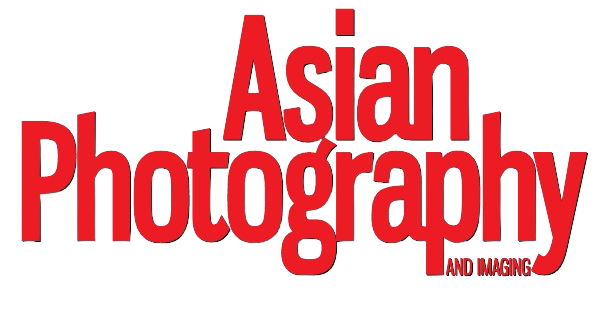The Nikon Z6III was launched in June 2024 with the tagline ‘Outperform’. Nikon has positioned it as a camera that excels in both photography and videography. Its predecessor, the Z6II, was released in 2020, making this upgrade a long-awaited one. We had the opportunity to test the Z6III extensively for over a month before featuring it in our magazine.
Watch our video review:
Who Is It For?
This camera is designed for users seeking a versatile tool capable of handling various photography styles, including street, sports, landscapes, and weddings. Nikon has emphasized this versatility in its marketing and communications as well.
Look, Body and Feel
If you’re a Nikon user, the Z6III will feel instantly familiar. The build quality is excellent and at 760 grams, the camera strikes a balance between sturdiness and portability. The deep, comfortable grip enhances handling, while the two programmable function buttons on the back offer quick access to settings.
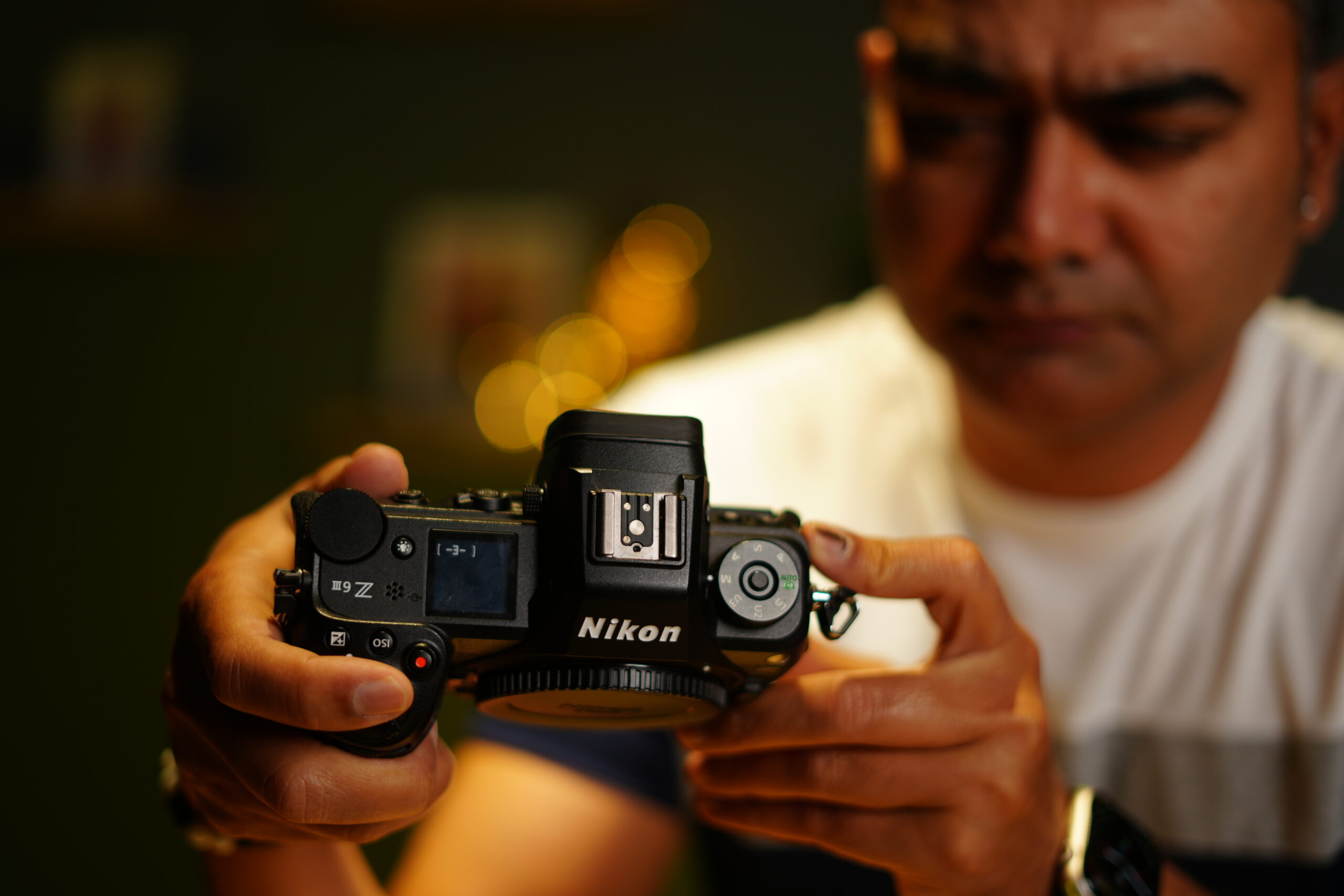
Most of the button placements remain consistent with the Z6II, ensuring a seamless transition for existing users. A slight redesign on the top right accommodates the video, ISO and exposure compensation buttons for easier access. This ergonomic refinement enhances usability and these buttons can be customized as well.
The rear buttons are well-positioned, and while a joystick is present, the OK button often feels
more intuitive. A significant upgrade from the Z6II is the fully articulated rear screen, maintaining the same size and resolution but now offering greater flexibility for shooting at different angles – a welcome improvement.
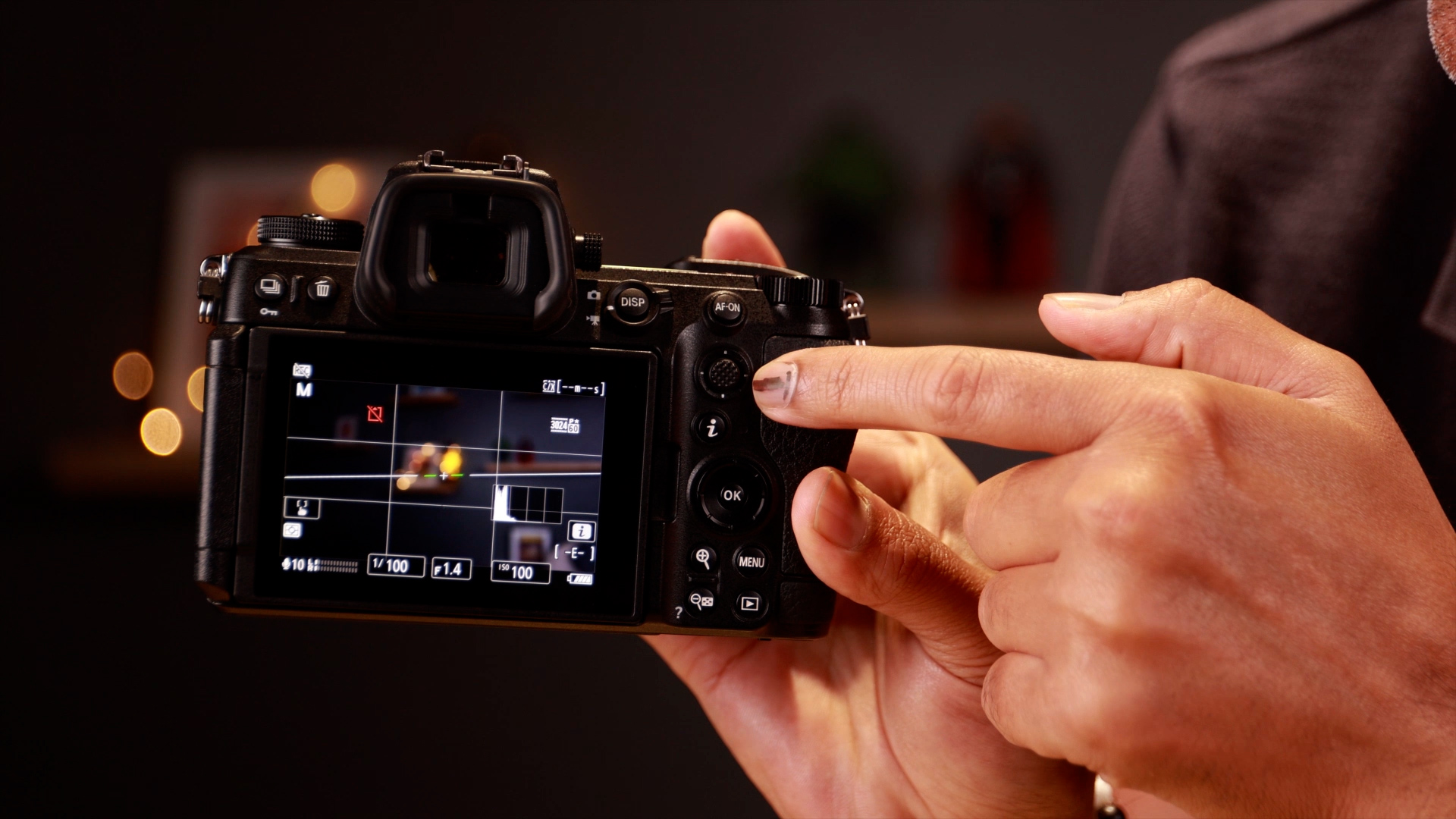
Nikon has not explicitly claimed weather sealing for this body, but given the outperform branding, it’s reasonable to expect a degree of durability against the elements.
What Makes It Special?
The Nikon Z6III introduces several standout features, including the world’s first 24.5 MP partially stacked full-frame sensor. This innovation provides key advantages, as claimed by Nikon, such as:
- Unlimited photo buffer
- Internal RAW at up to 6K60p and ProRes RAW recording up to 5.4K up to 60p
- 4K120 video recording (Dx crop)
- 60 & 120fps burst rate in JPEG mode (120fps in Dx crop)
- 20fps burst rate with an electronic shutter
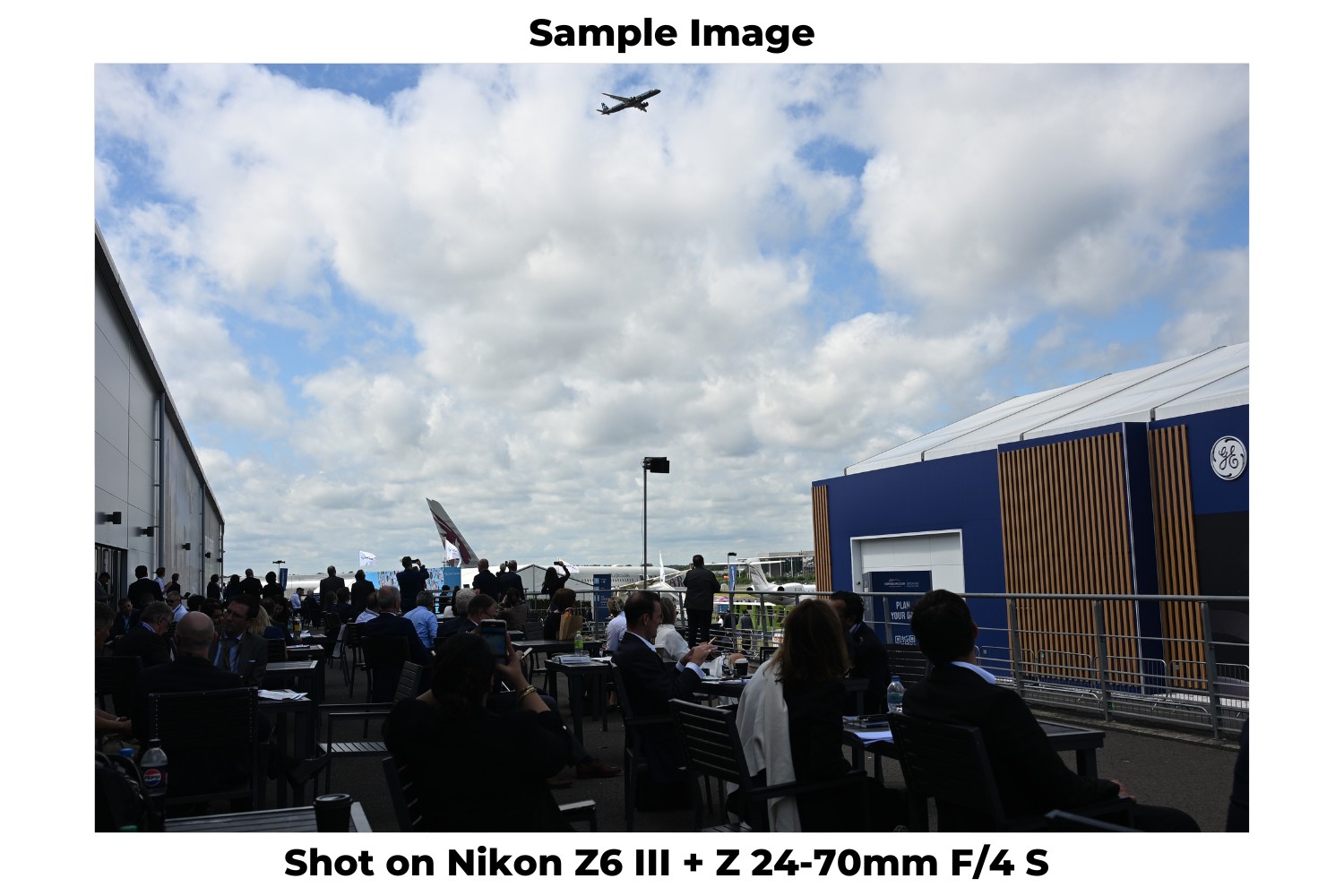
Image Quality
The overall image quality is impressive, delivering sharp and detailed photos with excellent dynamic range. Colour saturation and reproduction are accurate, while shadow and highlight retention are commendable. In high-contrast scenarios, some adjustments may be necessary, but the performance remains strong.
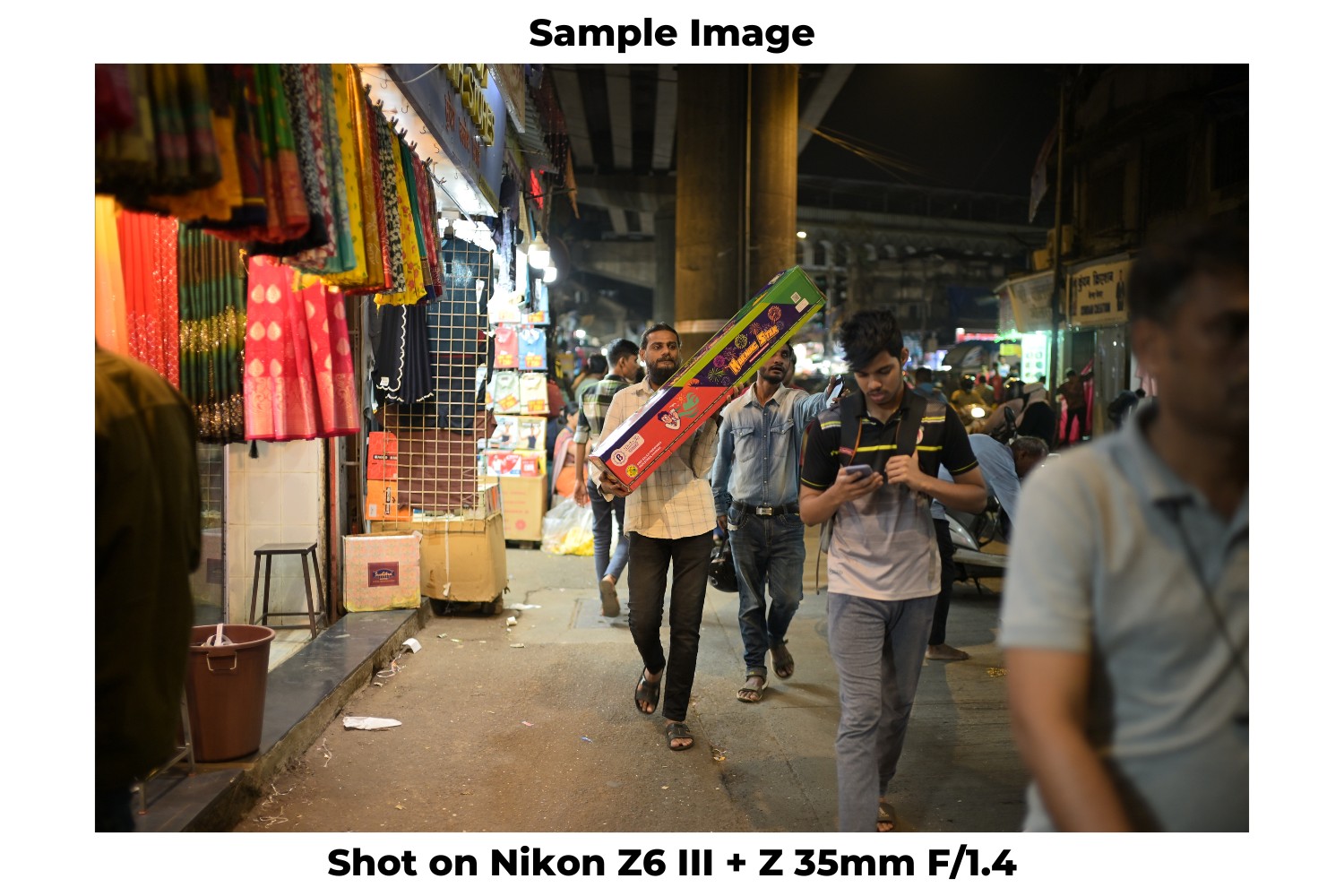
Shutter Performance (Electronic & Mechanical)
Thanks to its partially stacked sensor, the Z6III supports an electronic shutter. However, some flickering
was noticeable in certain lighting conditions, a common issue with electronic shutters. Rolling shutter effects were present but less pronounced compared to older models like the Sony A7 IV, benefiting from the newer sensor technology.
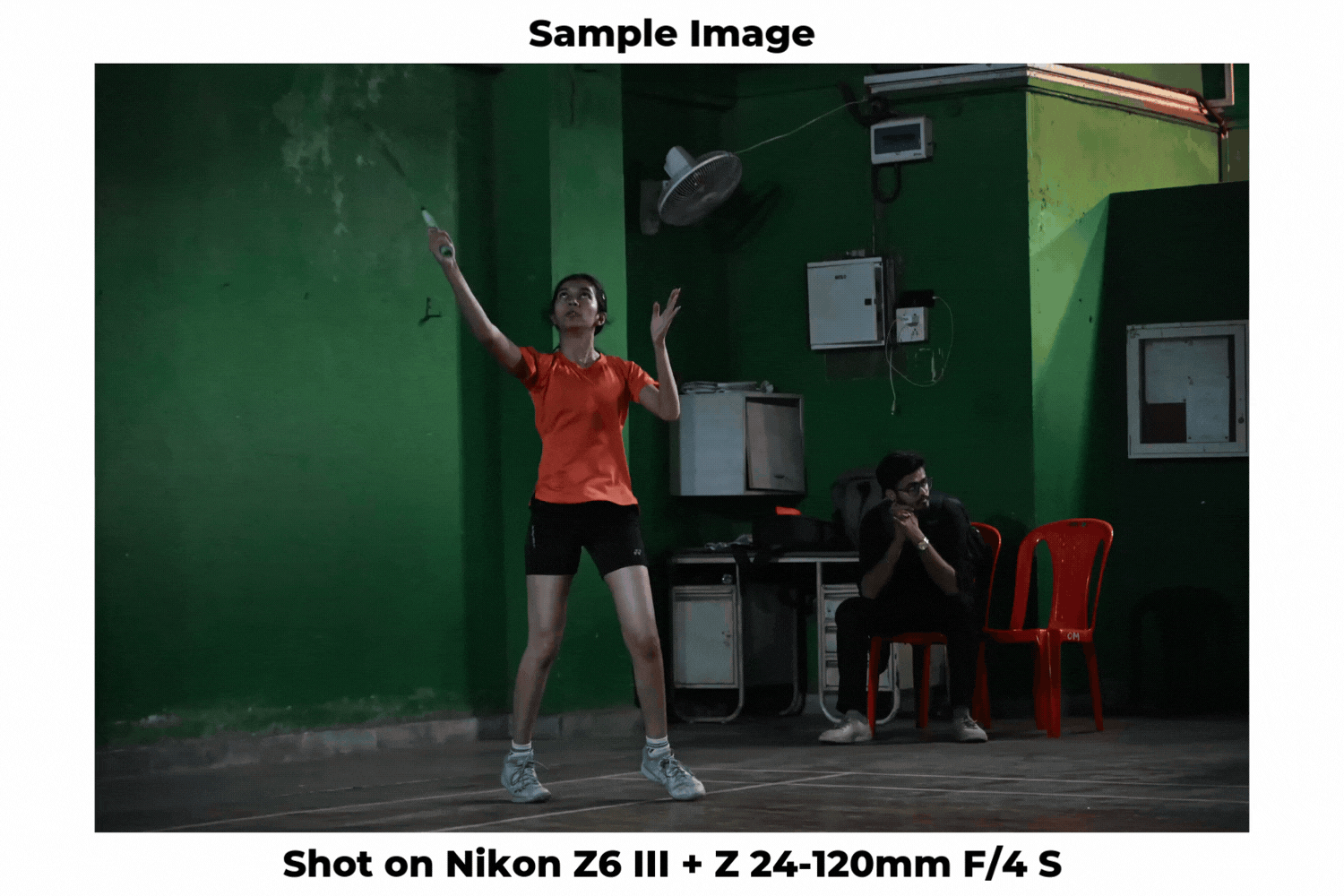
The mechanical shutter offers 14fps burst shooting, while the electronic shutter reaches 20fps. The ability to shoot continuously is excellent, though the camera does heat up slightly in burst mode, however it isn’t anything that can’t be managed.
Autofocus & Tracking
The upgraded AF system introduces subject detection and 3D tracking, marking a significant improvement over its predecessor. In both daylight and low light, the autofocus performs exceptionally well, locking onto subjects with impressive accuracy.
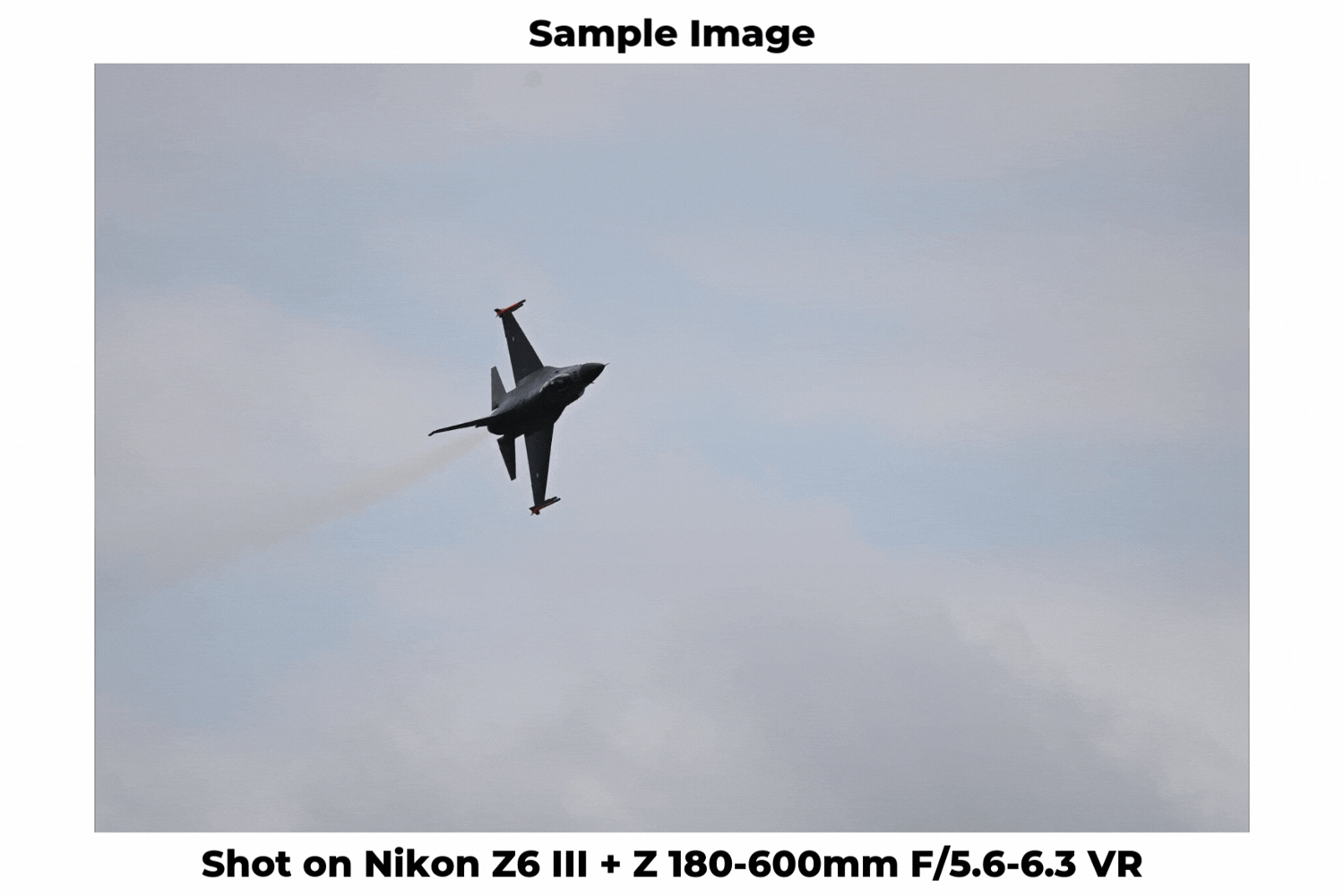
However, in crowded scenes, the focus can momentarily shift between eyes before recognizing a new subject. This minor issue could potentially be resolved through a firmware update. Tested with 35mm and 50mm f/1.4 lenses, the autofocus speed was as fast as Nikon advertises.
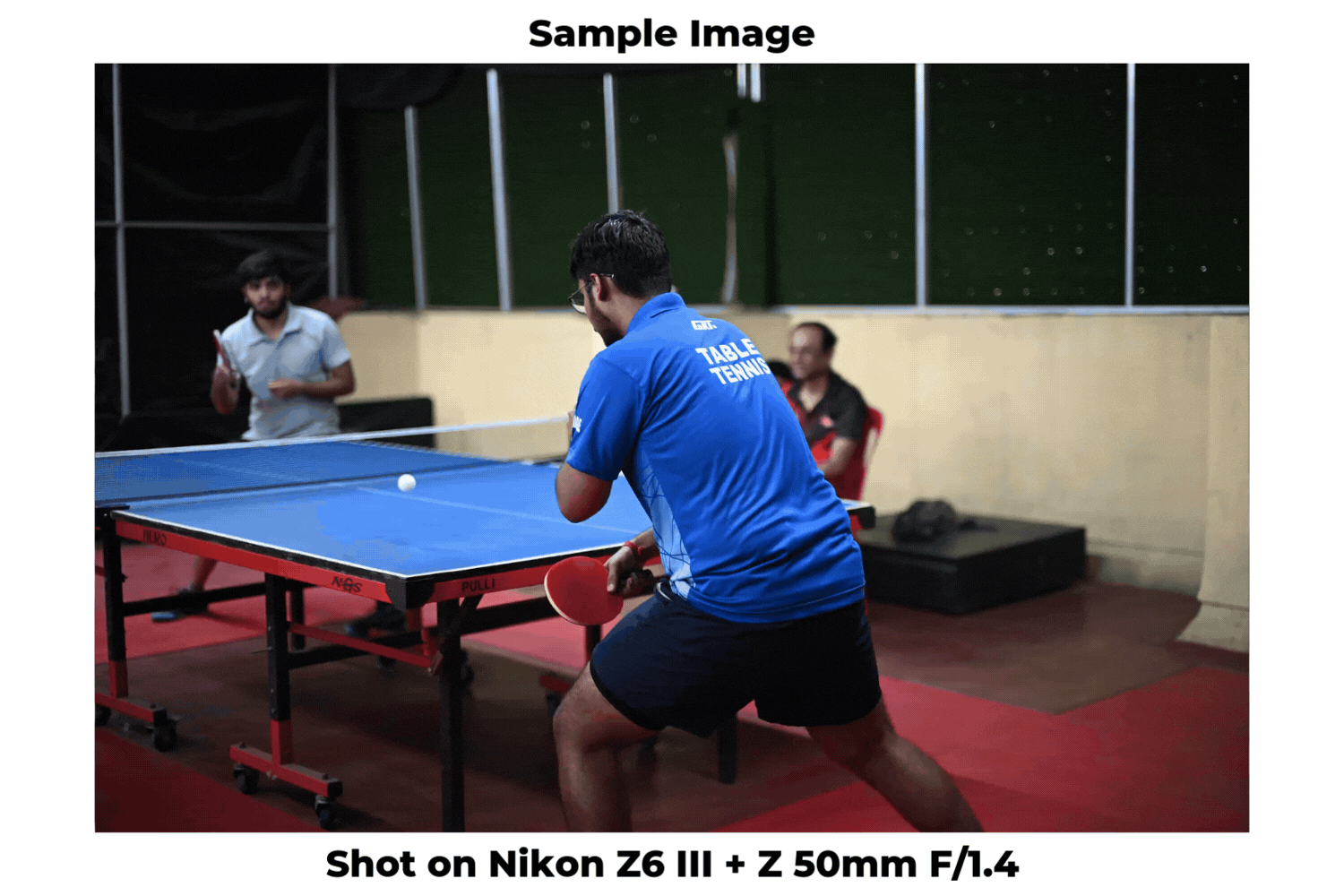
ISO Performance
The Z6III handles ISO well. Even at high ISOs like 6400 to 12,800, images remain usable, though
sharpness and clarity take a slight hit. In challenging conditions, capturing the shot often takes
precedence over achieving perfection.
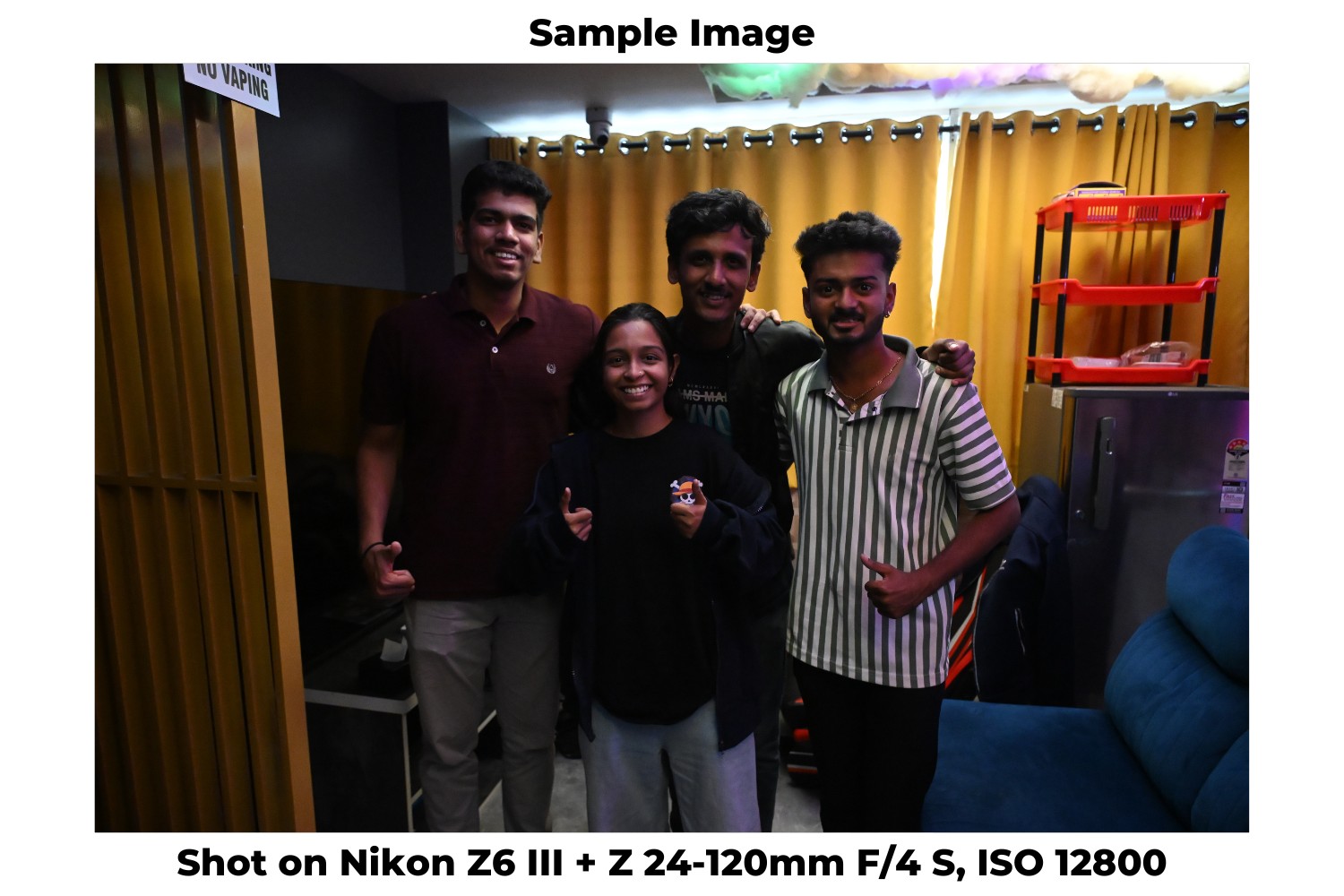
For video, high ISOs paired with fast f/1.4 lenses result in clean, noise-free footage, expanding creative possibilities for filmmakers.
Video Capabilities
In terms of video the camera offers 6K recording up to 60fps and 4K up to 120fps (with crop). Also much like the other cameras, it also has a 125-minute recording limit, making it highly practical.
Even in extreme low light, the camera delivers high-quality video with minimal noise. Paired with 35mm and 50mm f/1.4 lenses, the results are quite cinematic.
The RED Acquisition
With Nikon acquiring RED, we anticipate deeper integration of RED’s technology into Nikon cameras. And you can see a hint of that in this camera. Z6 III can shoot compressed RAW video recording, previously exclusive to high-end models like the Z8 and Z9. It also has LUT support for N-RAW and N-Log footage, allowing users to match RED’s signature colour science. Nikon has made these LUTs freely available on their website.
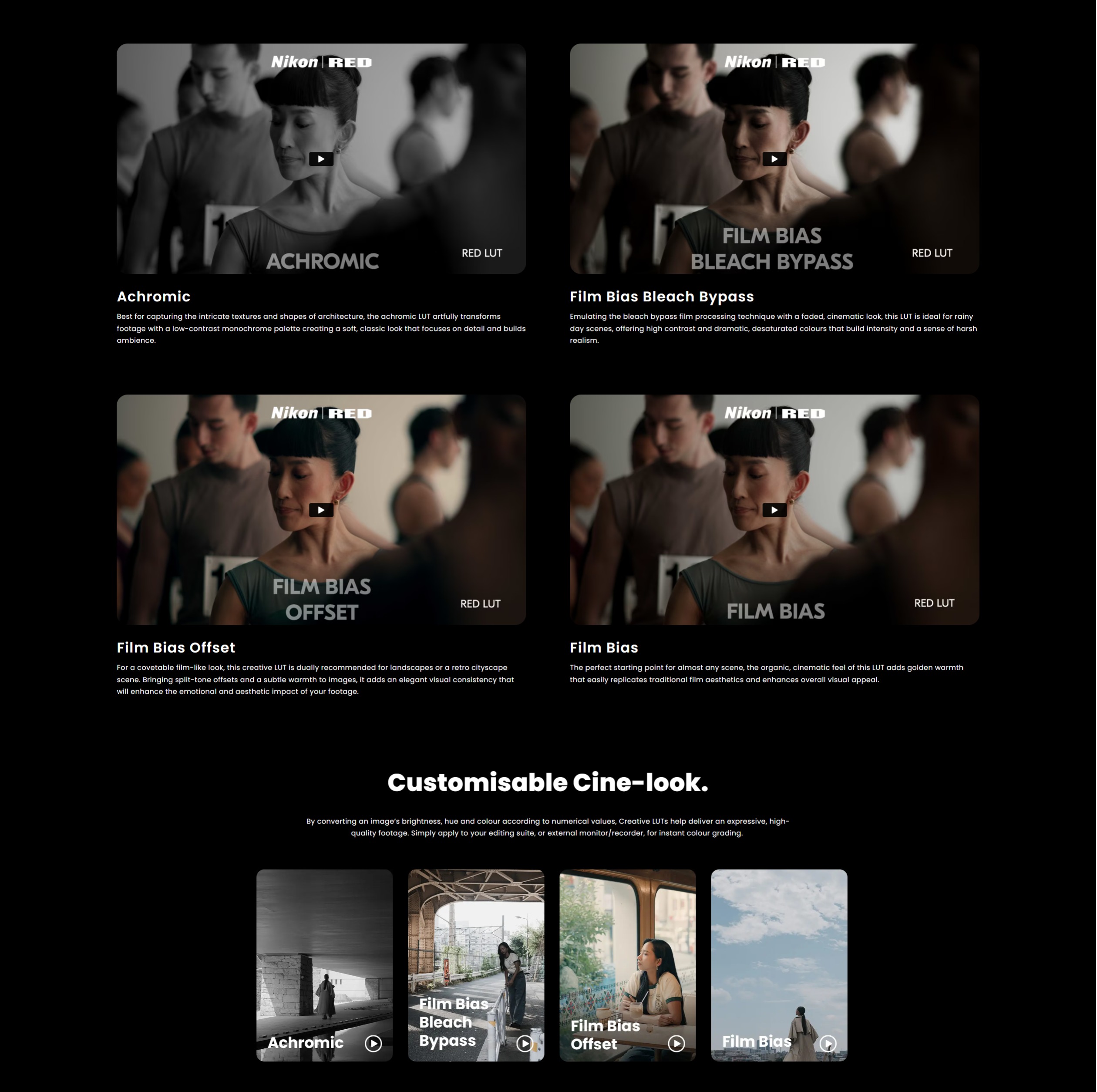
Electronic Viewfinder (EVF)
The Z6III features a 5.76 million-dot EVF, delivering sharp visuals. It has a refresh rate of 60Hz with 120Hz unclaimed, as there is an option to turn on “high framerate” in the menu. However, the EVF sensor is extremely sensitive, causing the screen to turn off with even slight movements – something to be mindful of.
Conclusion
At a price of ₹2.23 lakh, does the Nikon Z6III truly ‘Outperform’?
Compared to other cameras in its category, it offers a good balance of features, performance, and value. Nikon has strategically positioned it between entry-level models like the Z5 and professional bodies like the Z8/Z9.
Now there are always a few things that can be improved in every product and this isn’t any different. But overall, for someone who is looking to shoot images and video both, I can see this being a compelling buy, and one that we surely give our thumbs up!
